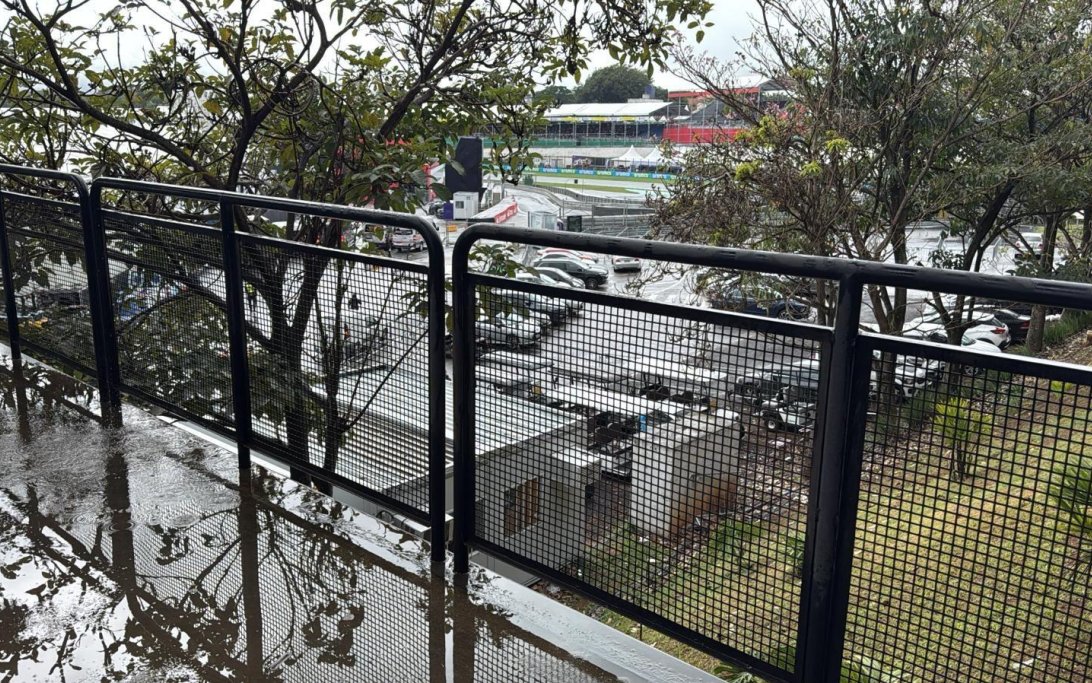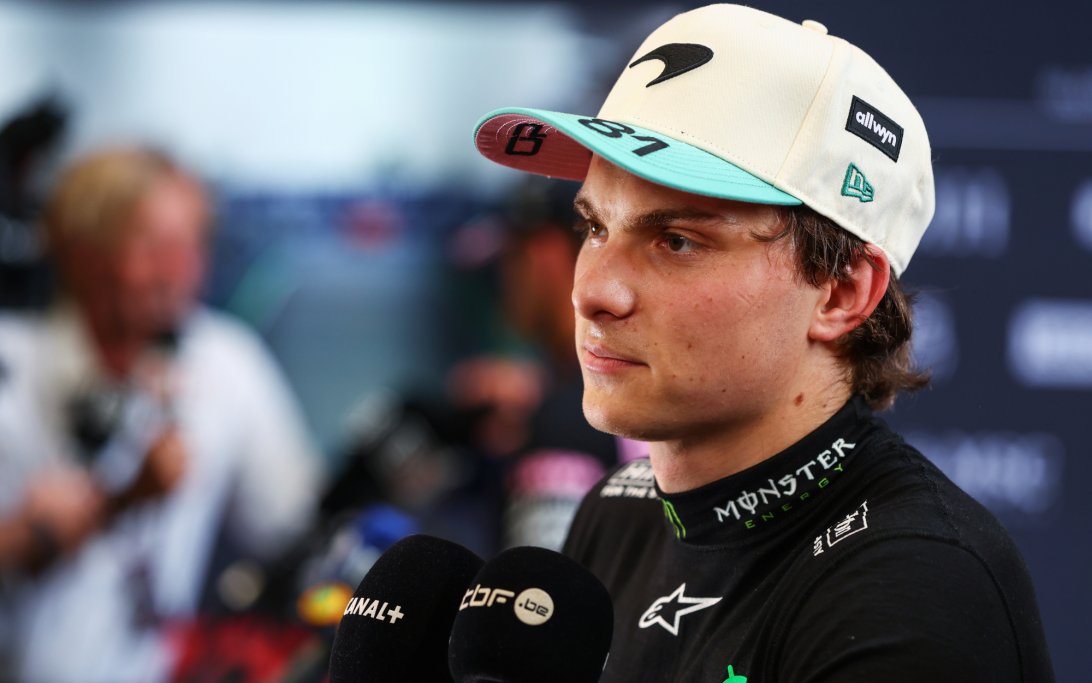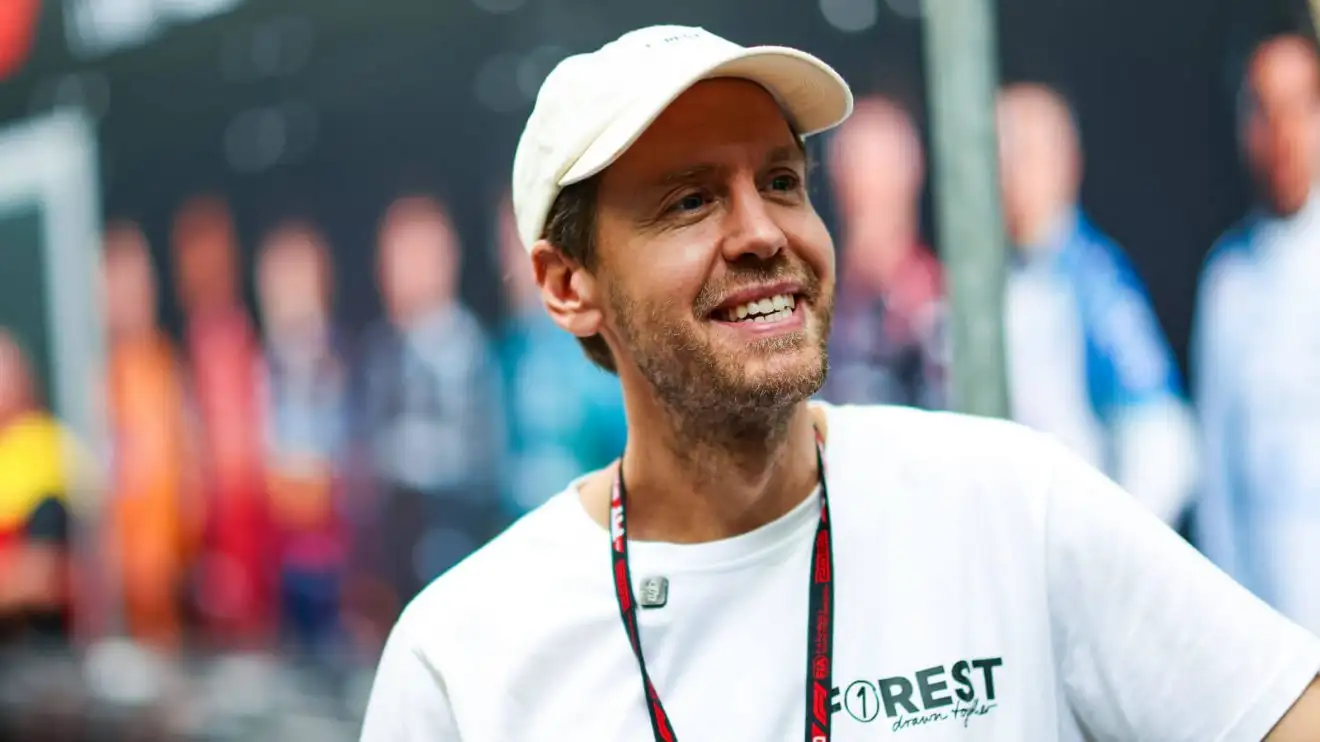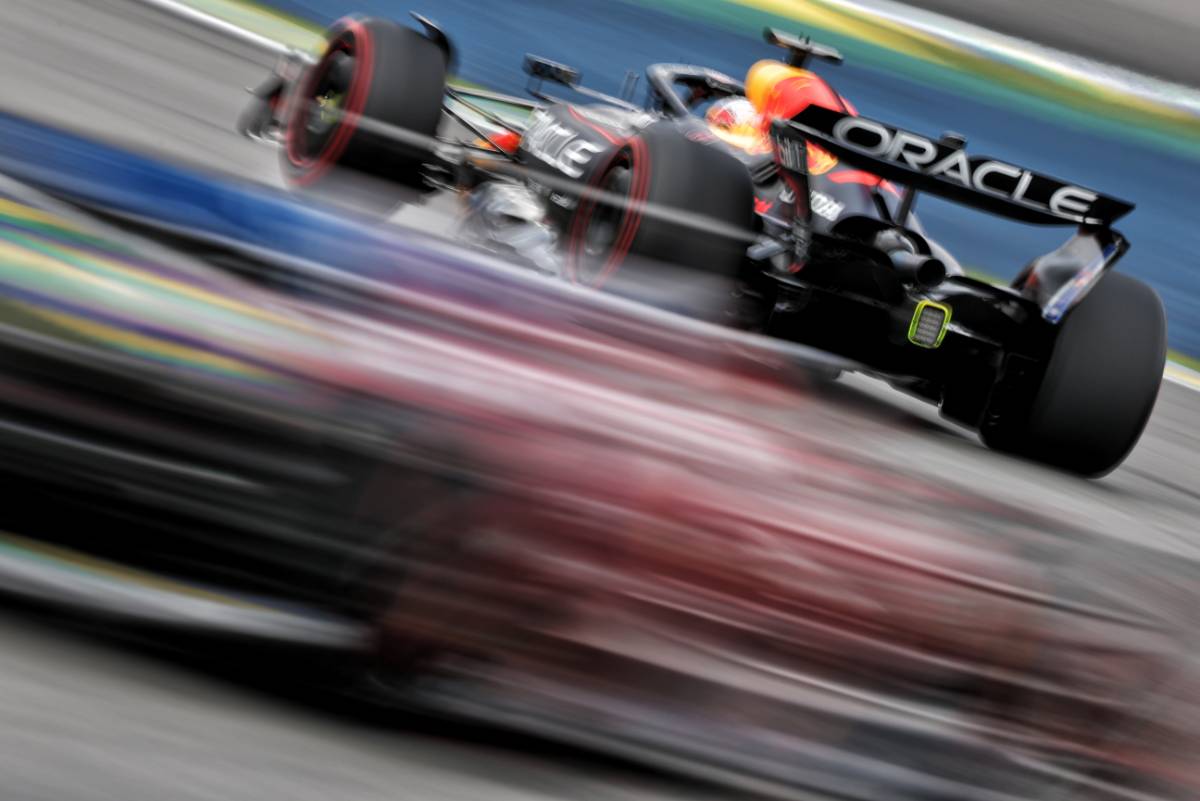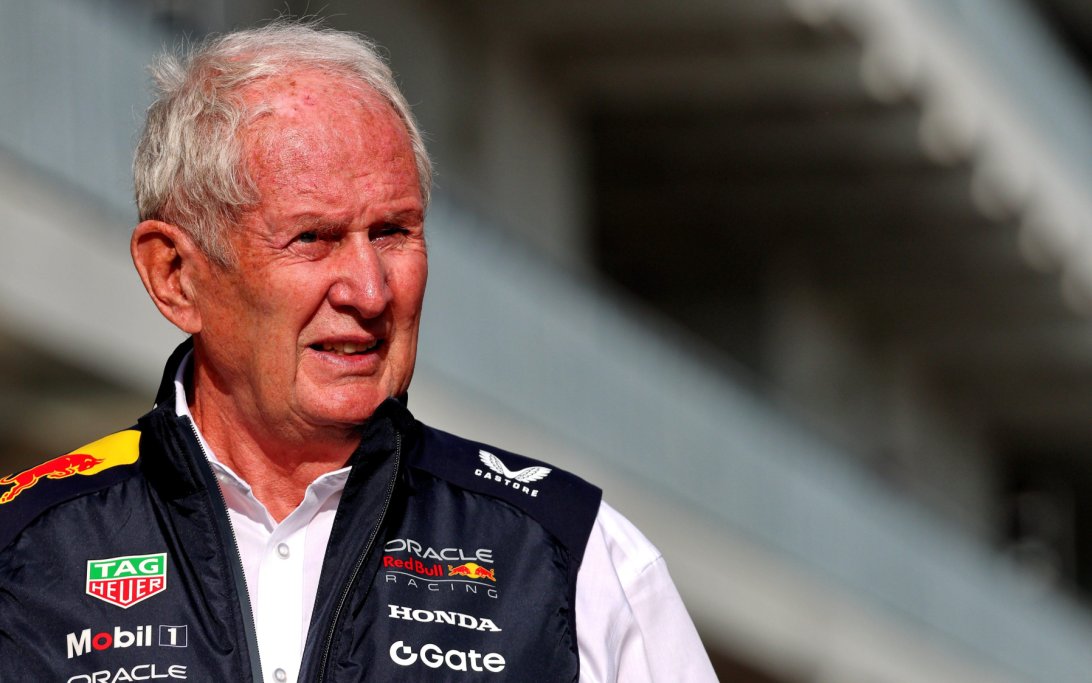
McLaren Explains Piastri's Brazil GP Struggles
McLaren team principal Andrea Stella has shed light on why Oscar Piastri has been struggling to match teammate Lando Norris at the Formula 1 Brazilian Grand Prix, pointing to challenging low-grip conditions and a steep learning curve for the young Australian.
Why it matters:
Oscar Piastri's recent dip in performance relative to Lando Norris, especially in the challenging conditions of Brazil, highlights the fine margins in Formula 1 and the constant adaptation required even from the most talented drivers. Understanding these factors is crucial for Piastri's development and McLaren's overall competitive strategy as they aim to consistently challenge at the front of the grid.
The Details:
- Pace Deficit: Piastri was consistently out-qualified by Norris in all segments at Interlagos, with his deficit averaging 0.247s across six phases.
- Sprint Race Incident: In the sprint, Piastri crashed out from third place after touching a wet kerb, further widening his championship gap to Norris.
- Improved Car Feel: Andrea Stella noted that Piastri felt 'very competitive, very fast' and more comfortable with the car than he did in Texas and Mexico, despite the qualifying results.
- Low-Grip Challenges: The main issue cited was the significantly reduced grip due to rain showers, which created conditions similar to Austin and Mexico. These conditions demand specific driving techniques that Piastri is still mastering.
- Learning Curve for Piastri: Stella explained that in low-grip regimes, Norris's driving style is more naturally suited, allowing him to extract lap time more easily. Piastri is in a 'learning process' to adapt to these specific conditions where the car is constantly sliding.
- Anomalous Conditions: Stella emphasized that the sustained sequence of low-grip conditions over the past three events (including Brazil's second day) is 'quite anomalous,' requiring drivers to manage the car while it's sliding—a rare scenario.
- Norris's Past Struggles: Stella drew a parallel to Norris's own difficulties earlier in the season when he took time to adapt to the MCL39's behavior and understand the front tire limits and oversteer tendencies. This illustrates that even experienced drivers face adaptation periods with new car behaviors.
What's next:
While Piastri faces a learning curve, Stella remains confident in his ability to adapt quickly, expecting a strong race performance. This ongoing adaptation process is vital for Piastri to consistently perform at the highest level, especially as F1 cars and track conditions can vary significantly. His ability to master these low-grip techniques will be key to minimizing the gap to Norris and solidifying his position as a top-tier driver in Formula 1.
Original Article :https://www.motorsport.com/f1/news/mclaren-explains-why-oscar-piastri-has-been-s...


